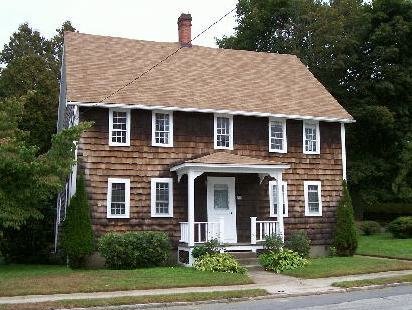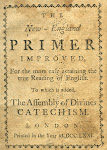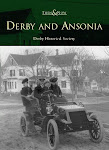
For those who are unfamiliar with this simple, but effective, piece of technology, there is a strainer sitting on top of a hollow tube. The tube has a flare at the bottom. Ground coffee is placed in the strainer, and the strainer-tube assembly is lowered into the percolator, which is filled with fresh water. You put the lid on and then place it over a flame on your stove top, and as the water begins to boil, it "perks" up through the tube, is caught by the little glass plug on top, is deflected back down into the strainer, flows through the coffee grinds, and then drains back into the percolator's main body. And after a few minutes of that, you have the best imaginable tasting coffee in the world!

My parents' percolator spent many, many years in the same old pot closet, and has numerous dings in its sides from all the times larger pots and pans had either crashed into it, or it accidentally fell off a shelf and down on to the floor. In the photo below, you can see some of the worst of these dents. You can also see gradations on the side near the handle, that allow you to determine approximately how many cups you're going to brew, by measuring how much water you've put in:

This next photo shows the front of the percolator, and its slightly dented spout:

Few people today use percolators. It's really a shame, in a way, especially given all the emphasis these days on great tasting and exotic coffees. Of course, you can still find suppliers of new percolators online, as well as vintage percolators for sale. But for the serious caffeine lover, there is just no better means of preparing a great tasting cup of coffee!
[And by the way, this posting is dedicated to my fellow caffeine-addict and blogger, TheCaffeinatedLibrarian, who also shares my appreciation of old, vintage percolators! ]

















